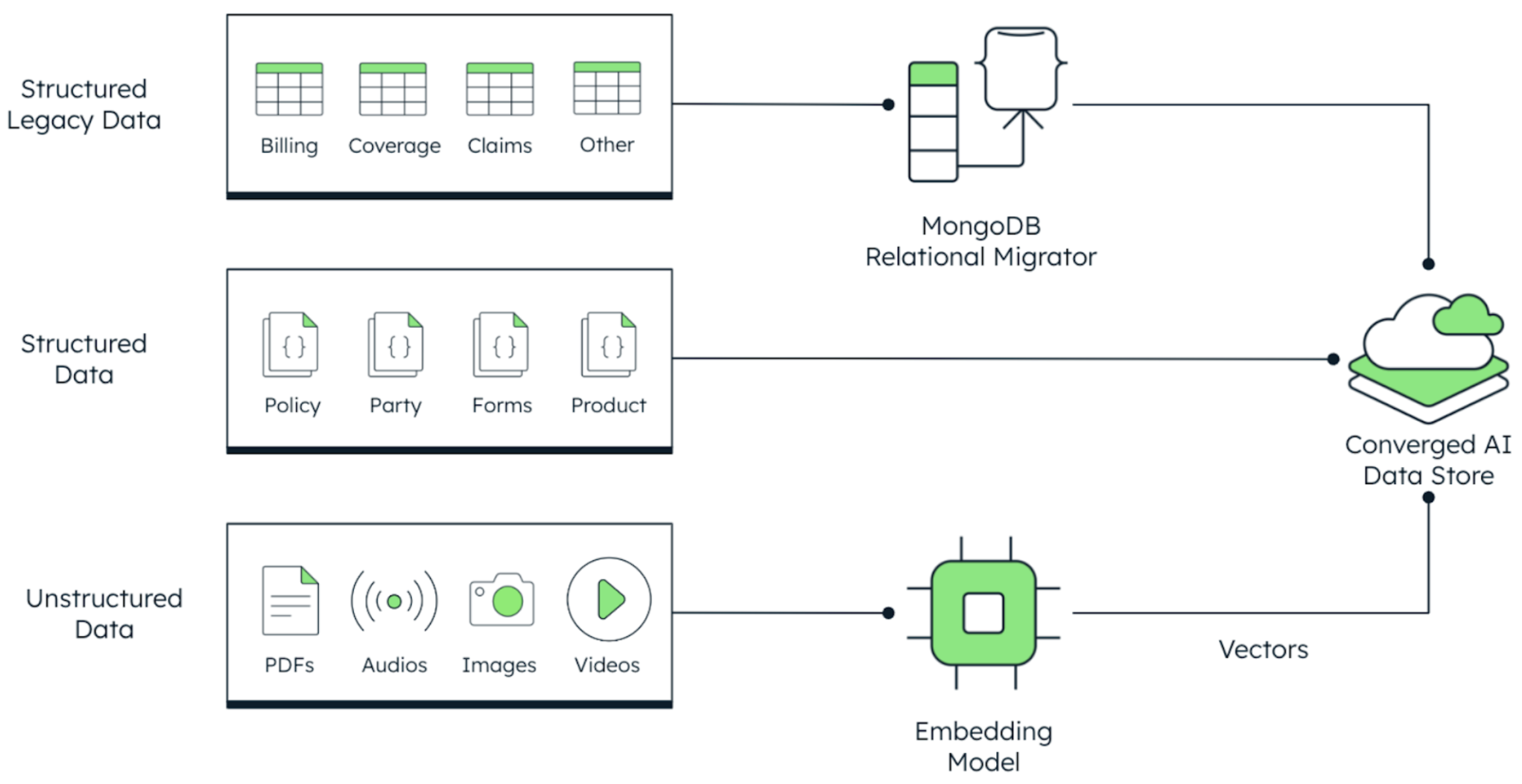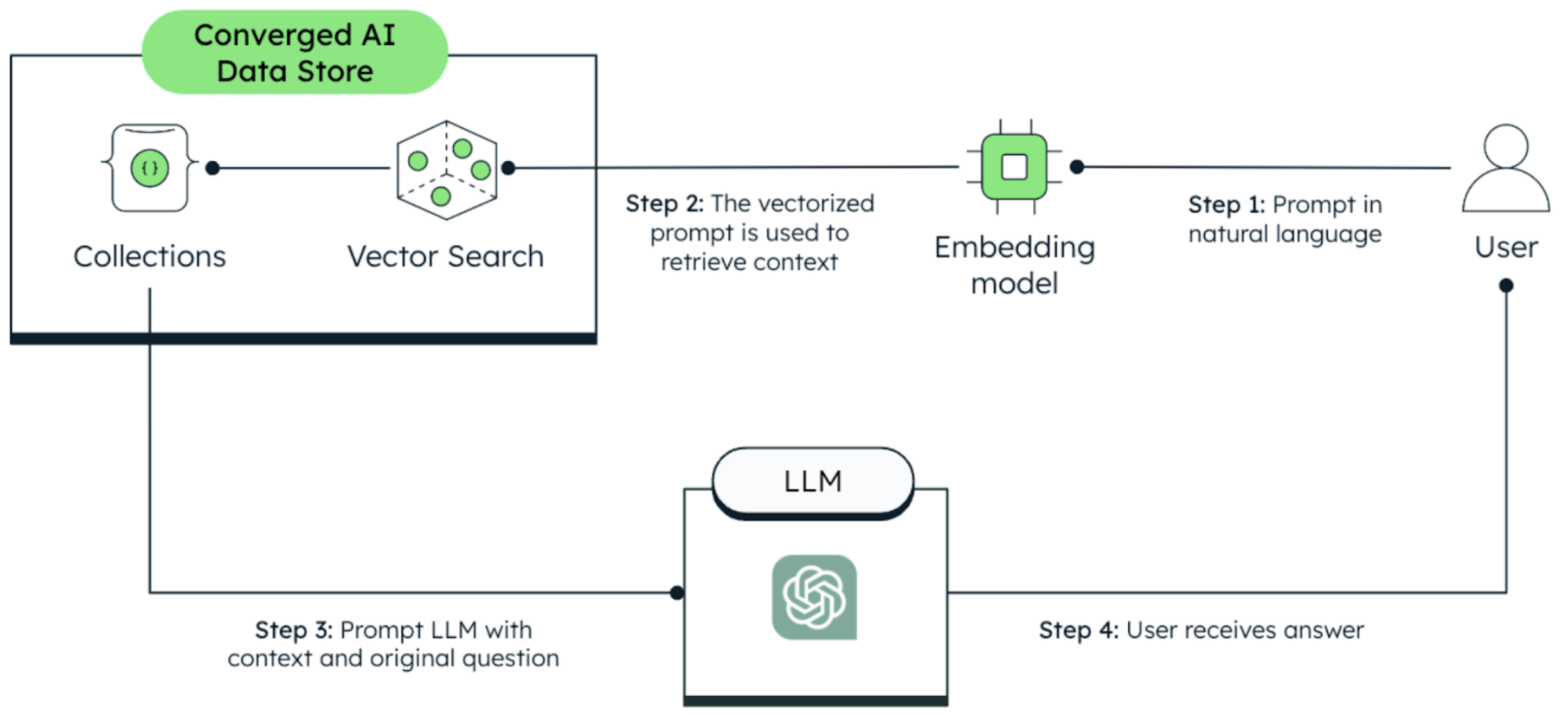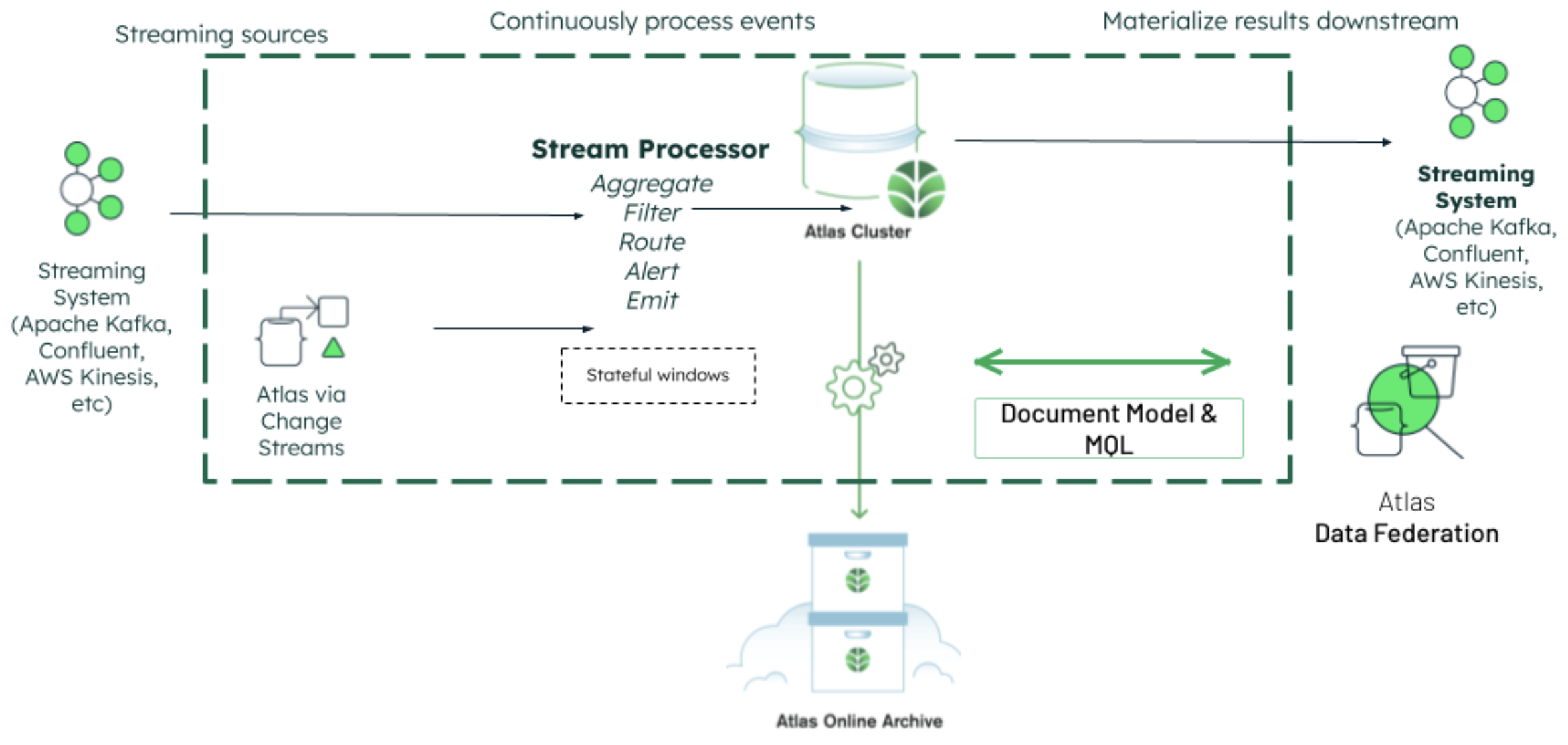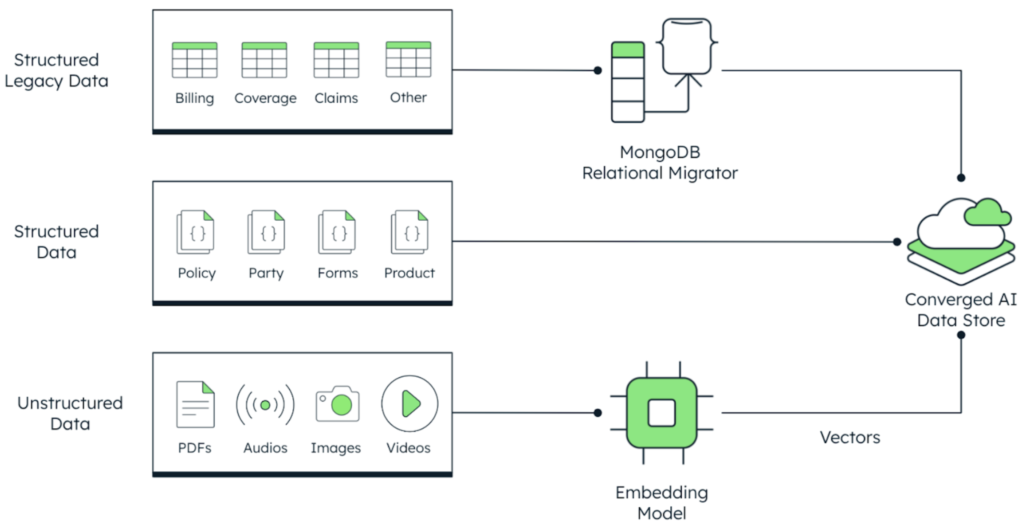In today’s digital-first world, data is the lifeblood of innovation and decision-making. Yet, businesses often find themselves constrained by outdated and fragmented systems that fail to meet the demands of a fast-paced, interconnected landscape. Legacy architectures—such as the 1970s-era mainframes still used in industries like banking—create inefficiencies, siloed data, and operational bottlenecks, leaving organizations struggling to deliver timely, actionable insights.
The pressure to adapt is mounting, as customer expectations for real-time interactions and personalized services continue to grow. To thrive in this competitive environment, organizations must embrace a transformative approach to managing their data estates—one that integrates advanced technologies seamlessly.
Unified data platforms powered by operational data layers (ODLs), generative AI (gen AI), and vector search are the solution. These innovations do more than just modernize data handling; they unlock new opportunities for agility, efficiency, and value creation, empowering businesses to make informed decisions, improve customer experiences, and drive growth.
Let’s explore how these technologies are reshaping the way businesses consume, integrate, and leverage their data.

From stale to real-time data: The case for operational data layers
In the rapidly evolving digital landscape, businesses can no longer afford to rely on outdated, batch-processed data. The demands of modern operations require instant access to fresh, accurate information. Yet many organizations continue to struggle with fragmented systems that deliver stale data, creating roadblocks in decision-making and customer engagement.
This is where the concept of an ODL becomes transformative. Acting as a centralized hub, an ODL integrates data from multiple transactional systems in real-time, ensuring businesses have a unified and up-to-date view of their operations. Let’s explore how ODLs can revolutionize business processes:
1. Enabling real-time customer interactions
Imagine a customer service representative handling a support call. Without real-time access to the latest data—such as a customer’s recent transactions, support history, or preferences—the interaction may feel disconnected and inefficient.
An ODL solves this problem by consolidating and providing real-time data. For example, a telecom provider could use an ODL to ensure its agents have immediate access to recent billing information, technical issues reported, and ongoing resolutions. This not only empowers the agents but also leaves the customer with a seamless and satisfactory experience.
2. Streamlining account management
Real-time data isn’t just about resolving customer issues; it’s also critical for proactive engagement. In industries like banking and retail, customers often need immediate updates on their accounts, such as current balances, transaction details, or loyalty points.
By integrating APIs with the ODL, businesses can offer instantaneous responses to these queries. For instance, a retail bank could enable customers to check recent purchases or transfers through a chatbot that queries the ODL in real-time, delivering fast, accurate results.
3. Enhancing compliance and reporting
Highly regulated industries, such as finance and healthcare, face additional challenges in managing large volumes of historical data for audits and compliance. Traditional systems often struggle to handle such demands, resulting in time-consuming manual processes.
ODLs, when combined with gen AI, enable businesses to extract, summarize, and structure this data efficiently. For instance, a financial institution could use an ODL to generate compliance reports that pull data from diverse sources—both structured and unstructured—and ensure they meet regulatory standards with minimal manual intervention.
4. Supporting metadata and governance
Another often overlooked advantage of an ODL is its ability to support metadata management and data governance. For large enterprises operating across multiple geographies, changes in localized data models are frequent and complex.
An ODL can act as a centralized repository, capturing these updates and enabling advanced search functionalities for impact analysis. For example, a global enterprise could use an ODL to track changes in data definitions, understand usage patterns, and ensure compliance with governance policies across regions—all while reducing the risk of errors.
The transformative power of gen AI and vector search
As businesses transition to real-time data strategies powered by ODLs, the potential to unlock even greater insights lies in adopting cutting-edge tools like gen AI and vector search. These technologies are revolutionizing the way organizations consume and interpret data, enabling unprecedented efficiency and intelligence.
-
Gen AI: By generating actionable insights, predictions, and content, gen AI enables businesses to turn static data into a strategic resource. For example, a retailer could use gen AI to analyze customer purchase histories and recommend personalized product bundles.
-
Vector search: This technology translates high-dimensional data like text, images, and audio into vectors, enabling accurate, intuitive searches. For instance, healthcare providers can search for similar patient cases by symptoms, enhancing diagnostics and treatment planning.
By incorporating these tools into an ODL, businesses can go beyond basic data integration, creating smarter, more agile operations capable of delivering value in real-time.

New opportunities: Revolutionizing operations with gen AI and operational data layers
The integration of gen AI and vector search into ODLs opens up a world of opportunities for businesses to enhance customer experience, streamline operations, and innovate at scale.
Here’s how these technologies drive transformation:
-
Enhanced data discovery: With vector search, organizations can quickly and accurately retrieve relevant data from massive datasets, simplifying complex searches.
-
Improved customer experience: Gen AI–powered ODLs analyze customer behavior to deliver personalized recommendations, building stronger customer relationships.
-
Increased operational efficiency: Automating routine data tasks with gen AI reduces manual effort, enabling teams to focus on strategic initiatives.
-
Enhanced agility and innovation: By enabling rapid development of AI-driven applications, businesses can quickly adapt to market changes and stay ahead of the competition.
As organizations embrace these capabilities, they position themselves to thrive in an increasingly competitive and data-driven world.
Architectural options for data processing
Modernizing data platforms requires a robust architecture that can handle both batch and real-time processing. Depending on their needs, organizations often choose between lambda or kappa architectures, and MongoDB can serve as a flexible operational layer for both.
The lambda architecture
The lambda architecture is ideal for organizations that need to process both batch and real-time data. It consists of three layers:
-
Batch layer: This layer processes large volumes of historical data offline. Gen AI can enrich this data by generating insights and predictions.
-
Speed layer: This layer handles real-time data streams, enabling immediate responses to changes.
-
Serving layer: This layer combines batch and real-time data into a unified view, powered by MongoDB for seamless queries and data access.
The kappa architecture
For businesses focused on real-time analytics, the kappa architecture simplifies operations by using a single stream for data processing. MongoDB excels as the operational speed layer in this setup, supporting high-speed, real-time data updates enhanced by gen AI.
By choosing the right architecture and leveraging MongoDB’s capabilities, businesses can ensure their data platforms are future ready.
A journey toward data modernization
Data modernization is a progressive journey, transforming businesses step by step into smarter, more agile systems. It begins with a basic operational data store, where read-heavy workloads are offloaded from legacy systems into MongoDB, boosting performance and accessibility.
Next comes the enriched ODL, adding real-time analytics to turn raw data into actionable insights. Then, as needs grow, parallel writes enable MongoDB to handle write-heavy operations, enhancing speed and reliability.
In the transition to the system of transaction, monolithic systems are replaced with agile microservices directly connected to MongoDB, simplifying operations and accelerating innovation. Finally, businesses reach the system of record, a domain-driven architecture where MongoDB provides unmatched scalability, flexibility, and efficiency.
Each phase of this journey unlocks new opportunities, transforming data into a dynamic asset that powers innovation, operational excellence, and growth.

The unified and intelligent future of data
As businesses embrace real-time data architectures and advanced AI capabilities, the potential for innovation is boundless. With solutions like MongoDB, organizations can seamlessly integrate and harness their data, driving operational excellence and delivering exceptional customer experiences. Now is the time to modernize, innovate, and unlock the full potential of your data.
Discover how TCS and MongoDB are harmonizing technologies for the future. Start your data modernization journey today!
Source: Read More



